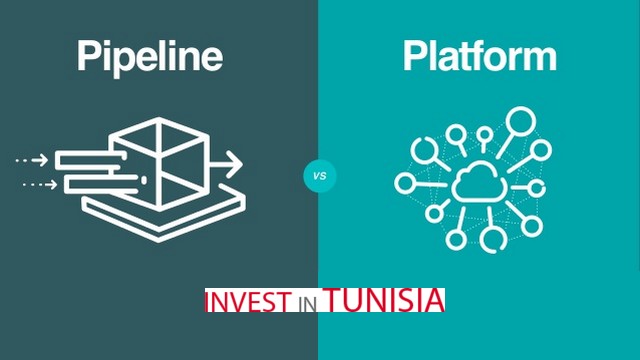Back a decade ago, it seemed like the most successful business model on the internet was to throw together some mile-long sales page, throw a lot of highlighted words in there, come up with a catchy sales pitch, tell people you were going to make them rich and visitors would just flock to your website to spend money on whatever it is that you were selling. I think you and I both know that they were mostly scam artists.
Times have definitely changed and the future of the internet is already here, it’s called platforming.
Social networks in particular have revolutionized the online money-making business model. Facebook for example has over a billion users worldwide, even in third world countries. Sangeet Choudary sat down to discuss why platforms were so successful today, how they took off and how they could be scaled to be used in another type of business.
What Exactly Is It That Makes Platforms So Appealing?
When you look at trend setters like Twitter, Facebook, Youtube and mobile apps made for convenience like Tinder, Uber, What’sApp, It’s Gone Wrong and others, you have to wonder if there’s some secret formula or if those apps hit the lottery. Was it that these apps and websites merely got lucky due to people wanting more convenience or did these websites make use of an ideology shift in business overall?
Throughout history, companies have always risen to power by making things easier and more appealing rather than trying to re-invent the wheel. Tinder for example is a superficial dating app where you can read a few lines about a person, see their pictures and swipe left or right to determine if you’re interested. This was a huge step forward in convenience rather than dating sites.
One of the key things that made platforms so successful was digitization. Computers have made everyone’s lives so much easier and harder at the exact time. Some of these companies didn’t appear by accident. Some of these companies studied the trends in the market, they planned every step ahead and they made heavy use of third-party development.
First, you have Evolution. This is when you create or adapt to new business models which have been enabled by the digitization era. This is where platform based companies came from and how they’re able to reach out to so many people so quickly.
Next, you have efficiency. In the marketplace, there’s always a need to get things quicker, to see pictures, to know what’s a good deal, etc. When you combine all of those key elements in the digitized world, you’re creating a more convenient user experience which people want.
Finally, there’s the externalities of platforming. This is when you invite some third parties to look at and interact with your platform. You have to get their feedback, react to their feedback and develop according to what the market currently wants.
One of the main reasons we’re seeing platforms take over isn’t just because of the convenience of how platforms are for people but the digital age makes it impossible for non-platforms to keep up. When a change needs to be made to a platform, developers can crank out updates or a change in a matter of minutes or days depending on the scope of the changes needed. This isn’t possible with non-platforms living in an outdated non-digital world.
What About Selling Products?
The problem with traditional product sales is that there’s only one single purchase when a sale is made with traditional product sales. In digitization with a platform, you can generate revenue over and over again. Those customers can easily share the information they’ve found with the touch of a button and put your platform in front of potentially thousands of other people if they have a following. This didn’t used to be possible.
Walgreens for example is one of the best examples of who’s utilizing platforming correctly. When you look at their business model, they have a very unique approach to making sure customers get recommended products and they keep them coming back. They keep track of all possible statistical data they’re legally allowed to do on their customers. They know what kind of medicines that patients are buying.
They even have an algorithm in place to determine how loyal they are as paying customers. Then, they invited some health experts to help further develop their system when it was in development and with this data, they can find out what symptoms a patient is experiencing and recommend medicine based on those symptoms. It’s a genius and perfect business model because everyone wants to feel better, and medicine is the first thing people think of in our health care system when it comes to feeling better.
Is There Any Room for Improvement?
The problem with improving the platforming business model has nothing to do with computers. Computers these days advance too fast and too far to even keep up with. Humans however, are the main thing holding platforming back. It takes a human brain to think of a platform model and it takes more humans to develop the platform that makes it work.
You need more than just the program and a plan though. You need to have an incentive for people to utilize your platform and you need them to keep coming back. You need to consistently track your metrics to make sure you’re keeping up the proper level of engagement of all your customers. One of the huge mistakes that a lot of companies make is they think long term instead of short term. You’ll never see long term results if you can’t make money short term. You should be thinking of right now and expanding on functionality later.

